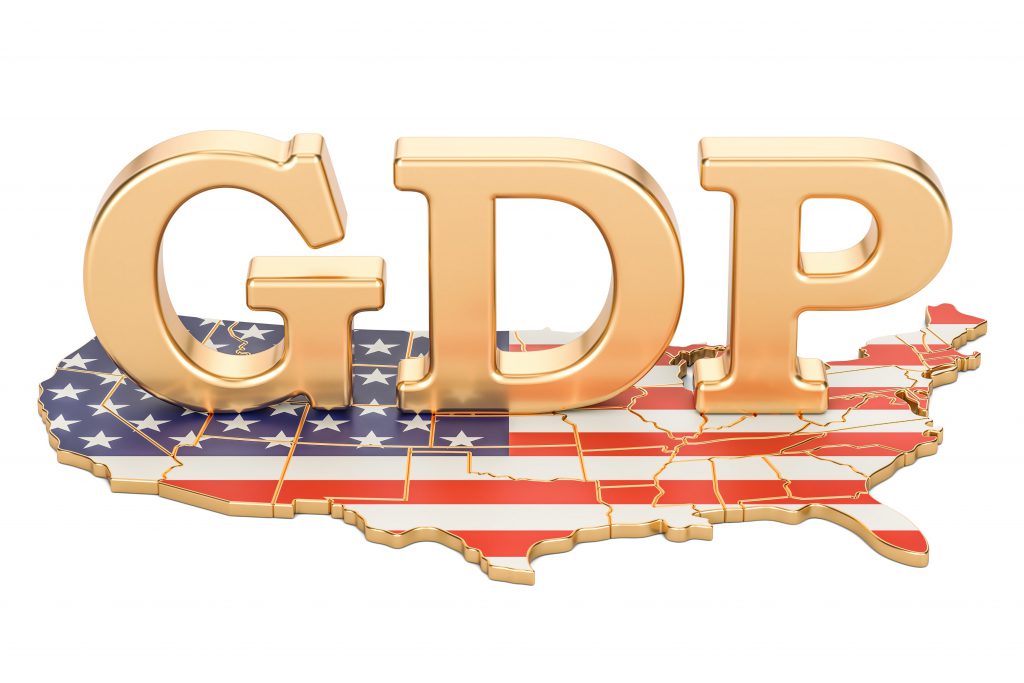Investors will monitor COVID-19 figures and the vaccines’ progressive rollout this week. The concluding chapter of the new US stimulus package was closed on Friday, February 5 after Vice President Kamala Harris used her deciding 50/50 vote in the Senate, to ensure the financial assistance would become law.
Inflation (CPI) in the United States and China will become a focal point for investors and FX traders this week. A modest pick-up in the CPI rate could be bullish for markets if the translation is extra-economic growth in the Asian and Western Hemisphere pipeline. China’s inflation should come in at 1% month on month for January, and the US at 0.2% MoM/1.4% YoY.
Both USD and US equity markets could continue the rallies witnessed over recent weeks, which has seen equities in the NASDAQ 100 flirt with record highs.
The dollar index DXY has maintained its position above the critical 90.00 round number over recent weeks, and USD appreciation may have more left in the tank.
In May 2020, the index traded above 100, in a sustained bullish risk-on environment, with COVID-19 suppressed and confidence rising high in the new US administration and the economy recovering, then revisiting such a level for USD would be possible if the Federal Reserve does not add more stimulus.
Q4 GDP figures for the UK get published this week, and the comparisons between two neighbouring economies could be quite stark. Reuters predict Q4 results for the UK of -2.2% with an annual 2020 GDP of -8.0%. The Euro Area’s expectation is -0.7% for the final quarter of 2020, with a final year reading of -5%.
Meanwhile, the new Bank of England governor Andrew Bailey took to the airwaves and TV studios last week and over the weekend to sell Q3 2021 growth boosted by spending, while quietly slipping in a projected figure of -4% contraction for the first quarter’s growth of 2021, ushering in a double-dip recession.
Where the Q3 spending boost will come from based on the BoE 7.3% prediction for UK unemployment by May this year is curious. The close on five million on furlough-leave (until April) and the estimated five million on Universal Credit or unemployment benefit, are part of the cohort desperate to spend their accumulated savings apparently.
The BoE has underpinned their projections on two COVID-19 factors, lockdown and the vaccines working to create a near-normal economy and UK society. Such a claim is a critically naïve and simplistic hope. It does not consider the impact of Brexit, which is already hitting the UK since its January 1 departure date.
The UK is currently exporting 68% less to the EA, and 75% of lorries travel from the UK to (or back to) the EA empty. Perhaps Mr Bailey should compute that data into his rosy post-COVID-19 recovery assumptions.
Sterling has recorded significant gains versus several peers over recent weeks, EUR/GBP is down -3.19% monthly, while GBP/USD is up 0.87%, GBP/JPY is up 3.07%, and GBP/CHF is up 3.18%.
GBP optimism could fade if the Q4 and Q1 GDP figures miss forecasts, causing the BoE to intervene by way of more QE and lowering the current 0.1% base rate below zero for the first time in history.
Monday, February 8 is a quiet day for economic calendar news. Germany’s latest industrial production figures get published, and the consensus forecast from various news agencies falls from 0.9% in November to 0.3% in December. Although listed as a medium-high impact event unless the metric is a shock, it is unlikely to move the dial on EUR values. At 4:15 PM UK time President Lagarde of the ECB delivers a speech, and this event could move euro and EU equity markets depending on its content. Ms Lagarde is likely to cover the subject of monetary policy, deliver forward guidance but rule out “debt forgiveness” for smaller EA nations based on her interviews with various financial publications over the weekend.


